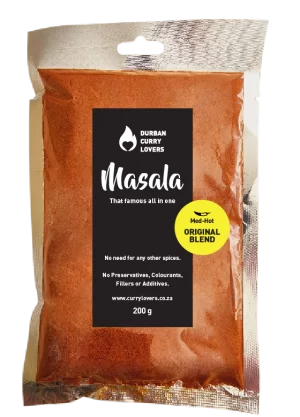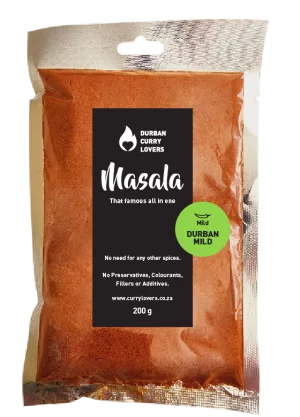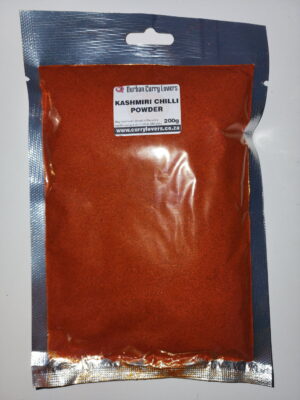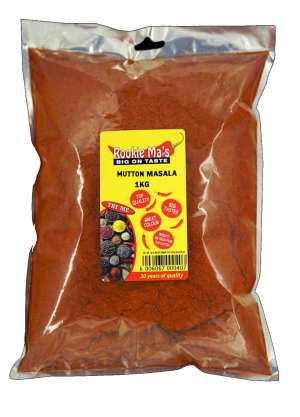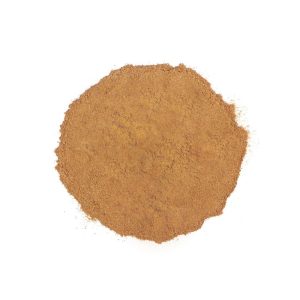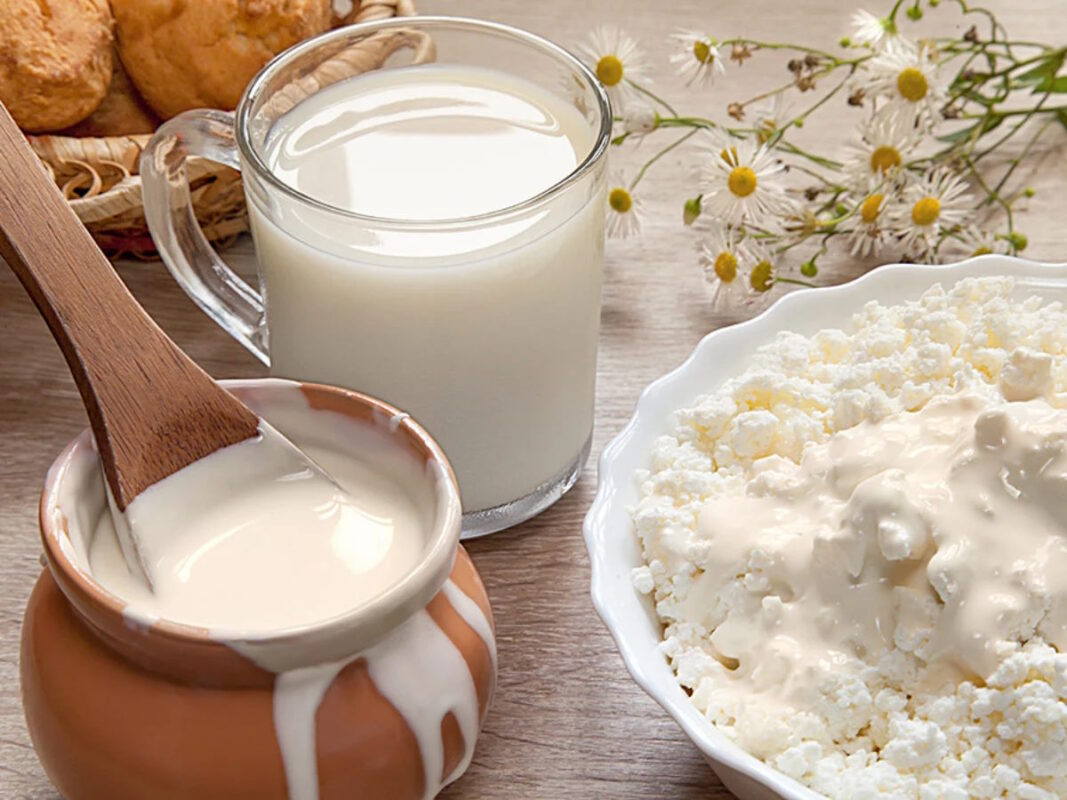
Curd is a dairy product made by coagulating milk to separate the whey (liquid) from the curd (solids). This is typically done using some form of acid (like lemon juice or vinegar) or a bacterial culture that produces lactic acid, which lowers the pH of the milk and causes coagulation. The term “curd” can refer to both the general process of curdling milk and the specific product that results from it.
Yogurt, on the other hand, is made by fermenting milk with specific strains of bacteria, often Lactobacillus delbrueckii subsp. bulgaricus and Streptococcus thermophilus. These bacteria consume the lactose in the milk and produce lactic acid, which causes the milk to curdle and gives yogurt its characteristic tangy flavor.
As for maas, it is a traditional South African fermented milk product. The process of making maas involves leaving raw milk to ferment naturally at room temperature. The natural bacteria in the milk consume the lactose and produce lactic acid, which curdles the milk and gives maas its characteristic sour flavor. Maas is somewhat similar to buttermilk or yogurt in its consistency and flavor.
So, while curd, yogurt, and maas are all made by processes that involve curdling milk, the specific methods and cultures used can differ, leading to different flavors and textures. The fermentation process of yogurt and maas also results in a tangy flavor that is typically not as prominent in curd.
Please note that these definitions can vary somewhat depending on regional and cultural differences. In some parts of the world, for example, the terms “curd” and “yogurt” may be used interchangeably.

